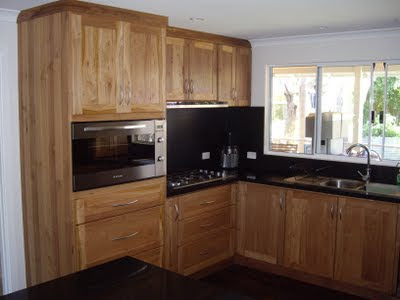Held at Earthwise in Subiaco again, we offered a range of workshops - basic woodworking for those who had not done any before, and (for the first time) workshops at an "intermediate" level, for those who were hungry to learn more skills. Once again, the focus was on recycling wood which had been previously destined for land fill, and in equipping people to do that recycling by learning basic woodworking hand skills and techniques.
This was the program:
Thursday evening: 6:00 – 8:30pm. Introductory: Make a kitchen chopping board. Learn the basics of using a hand plane and hand saw while you create a beautiful wooden chopping board from salvaged timber.
Friday evening: 6:00 – 8:30pm. Introductory: Carve a wooden spoon. Learn to work in harmony with a piece of salvaged wood in order to create a wonderful and functional wooden spoon from it. Along the way you will enjoy learning to use a range of traditional hand tools. A great way to learn to “read” a piece of wood and work with the grain rather than against it.
Saturday all day: 8:00am – 4:00pm. Intermediate: Make a handy pair of saw stools. An essential companion to the hand saw, saw stools also make handy household aids for painting, for extra seating at BBQs, portable workbenches, and so much more. While making this traditional and sturdy pair of stools, you will learn the important skills of marking out, cutting and fitting housing joints, using a chisel, using glue and screws, and so much more. A great way to expand your woodworking experience.
Saturday evening: 6:00 – 8:30pm. Intermediate: Make a pair of book ends. Here is a great opportunity to discover that woodworking classic - the dove tail joint. It will be hard to wipe the smile from your face when you have created this traditional joint by hand. It’s all about careful marking out, careful sawing, and good chisel work. Despite the mystique we give this joint these days, it used to be a basic and common jointing method. Discover this joint and add it to your repertoire!
Sunday all day: 8:00am – 4:00pm. Intermediate: Make a small garden bench seat. Using salvaged timber we will use some basic jointing techniques and fasteners to create a simple bench seat for your garden. Another great opportunity to apply your sawing skills, you will also learn those important marking and measuring skills to cut the joints, use a chisel, and use bolts and other fasteners.
As is too often the case, I was so busy teaching that I hardly took any photos of the workshops in action. However, here a few pics some of the workshops in action:
 |
| For some it was the first time they had used a drill and used nuts and bolts. Making an end for the bench seats. Nice cross-halving housing joint! |
 |
| Fixing the legs and braces to a sawstool. Cut and fit the housings, then glue and screw. A whole new experience for some. Photo by Rebecca. |
 |
| Plenty of marking out and doing the saw cuts for making the cross-halving housing joints. |
 |
| Chopping the housing joints. A good chance to learn some chisel skills. |
 |
| Both the sawstool and bench seat projects provided great opportunities to develop sawing skills with a tenon saw. |
 |
| Applying Orange Oil to a completed.Silky Oak kitchen chopping board. Timber once part of a discarded bookcase. |
 |
| Special thanks to the legendary John Isherwood for his assistance through the workshops. Shown here in action. |
We must significantly reduce the amount of wood which ends up in landfill. Recognising the value and potential of this important resource is part of the solution. People learning the practical skills of how to recycle and re-use this wonderful resource is another key part of the solution. I reckon we did well on both fronts...






















